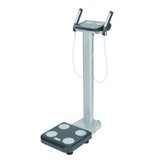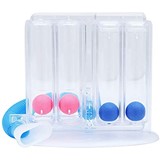When selecting biopsy forceps for gynaecological, neurosurgical, or ENT procedures, choosing the right instrument directly impacts surgical success and patient safety.
Here are five essential factors to guide your decision:
-
Bite Size & Profile
The bite should suit the clinical anatomy. For example, use 2.3x4.2mm for narrow cervix access (Baby Tischler) and 3x7mm for standard tissue sampling. -
Jaw Orientation
Options like STR (straight), UP, and DOWN bite variants allow surgeons to access hard-to-reach areas based on procedure positioning. -
Ergonomic Handling
Instruments with a slim, lightweight body and textured grip reduce hand fatigue and improve control during delicate movements. -
Material & Durability
High-grade stainless steel offers corrosion resistance, extended instrument life, and reliable performance with repeated sterilisation. -
Instrument Versatility
Choose forceps like the Mini-Townsend STR or Multi-Angle Rongeur for use in both gynecological and spinal procedures, ensuring broader utility.
Selecting instruments tailored to your specialty improves accuracy, reduces surgical time, and enhances the patient experience.









-160x160-state_article-rel-cat.png)


































